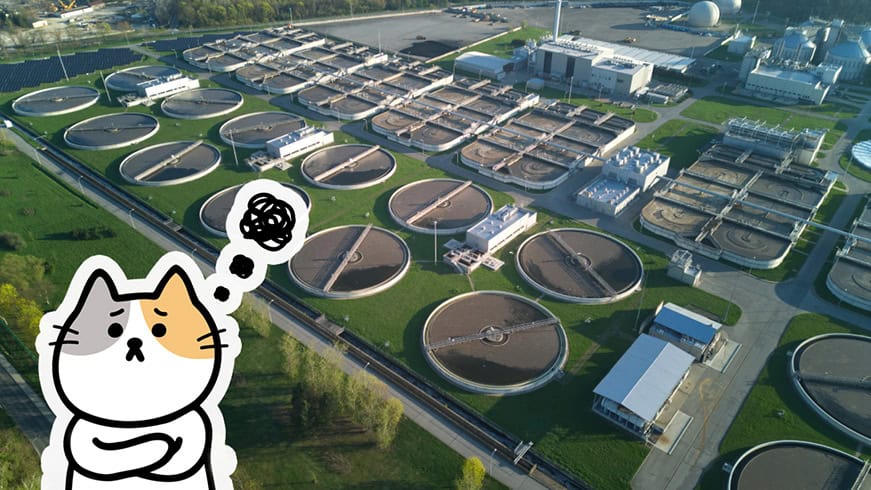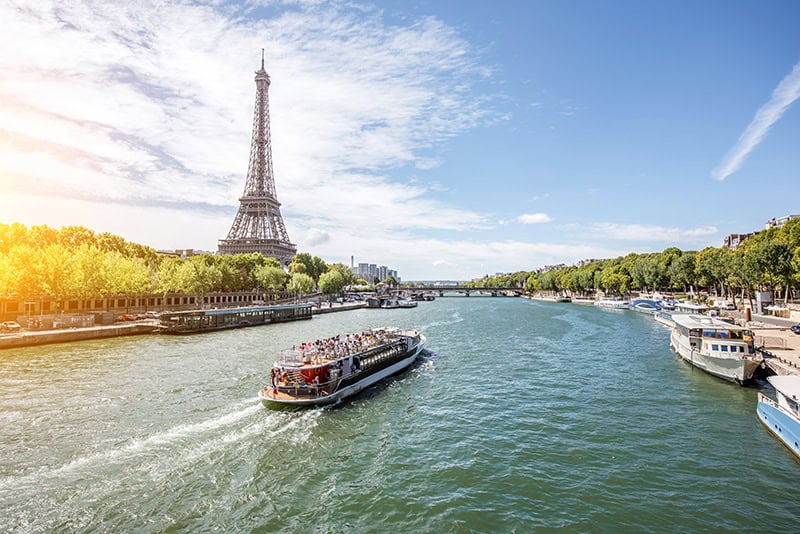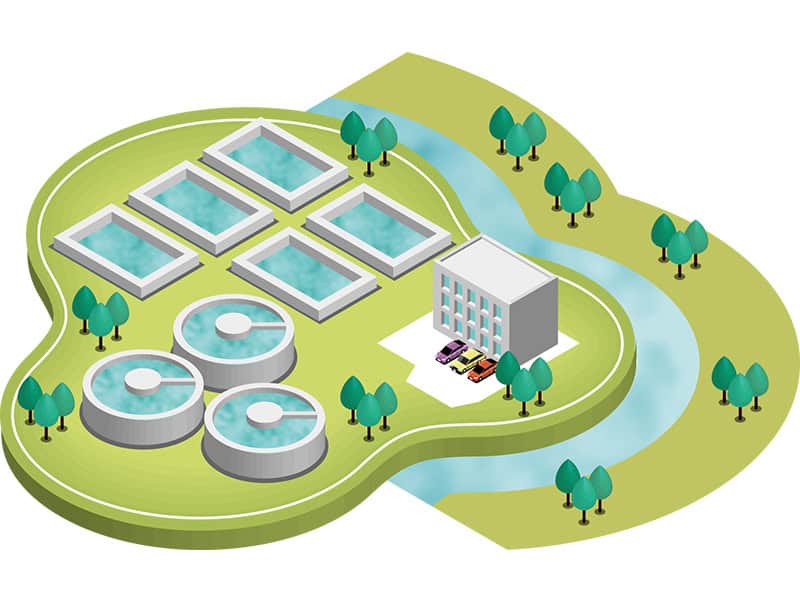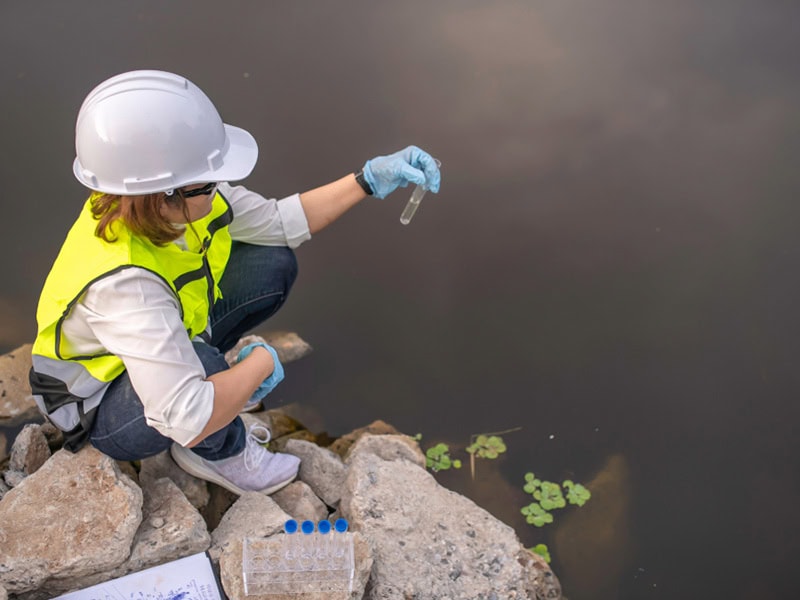A Tale of Sewer - from Paris Olympic Triathlon

Paris hosted the Olympic Games this year. It is still fresh in the memory.

From the Opening Ceremony to the Closing Ceremony, many things happened. One of them was a triathlon held in the River Seine, which resulted in athletes abandoning the race or vomiting and being taken to hospital.
As the incident is related to waste water treatment, I would like to briefly explain the problems with the sewerage system that caused this unfortunate event.
Sewage Treatment

The purpose of sewage treatment is to clean water to a level where it is safe to discharge into the environment (rivers and oceans). Wastewater from homes and businesses is sent through the sewerage system to a treatment works, where it usually undergoes three processes before being discharged. (The wastewater discharged into the sewers has a standard of its own, so wastewater from factories and farms is treated individually to meet this standard before being discharged).
1. Preliminary TreatmentThe first step is to remove anything that could damage the treatment plant equipment or interfere with the treatment process. This includes the removal of large debris, sand, etc.
2. Primary TreatmentSmaller particles that could not be removed in preliminary treatment are removed by the physical process of sedimentation. The removal of solids here reduces solid organic matter (BOD and COD in water quality terms), thereby reducing the load on the subsequent biological treatment. The separated solids are treated separately as sludge.
3. Secondary TreatmentAfter the solids have been removed in the primary treatment, the water undergoes biological treatment. Organic matter is decomposed and removed by activated sludge or oxidation digestion using aerobic bacteria. This is followed by sedimentation of the activated sludge solids, and finally the treated water is disinfected with chlorine before discharge. This is a standard series of processes, but if this is not sufficient, or if the treated water is to be reused, or if there are concerns about eutrophication of the discharge site, additional treatment is also carried out before disinfection. For example, biological membrane filtration and sand filtration are used to remove smaller suspended solids, and the A2O process is used to remove nitrogen and phosphorus.
If this level of treatment has been carried out, there should be no negative impact on the water quality of the destination environment. So why did the E. coli level in the Seine exceed safe limits?
Combined System and Separated System
It is not only wastewater that flows through the sewers. Water that falls as rain or snow also flows into the sewers through gutters. Otherwise, it would flood quickly, especially in urban areas.
There are two types of sewer system: the combined system, where rainwater flows into a treatment plant in the same pipe as wastewater, and the separate system, where rainwater flows in a separate pipe from wastewater. In the case of the separate system, the treatment plant can carry out a series of processes without being affected by the weather, whereas in the case of the combined system, heavy rainfall causes the treatment plant to exceed its capacity and it is forced to discharge the untreated wastewater together with the rainwater.The sewers built in recent years are separate systems, while those in metropolitan areas where sewers have been built for a long time are combined systems. The history of the sewerage system in Paris goes back to the 19th century and is a combined sewerage system. The Seine, where the treated water is discharged, was not safe and swimming was banned for more than 100 years.
With the 2024 Olympics on the horizon, the City of Paris invested a huge amount of money in building a huge water storage facility. By storing wastewater in the event of rainfall, the treatment plant could continue to function and improve the water quality of the Seine. The Seine in Paris, like the Thames in London, is a symbol of the city. So if the Games were held there, Paris 2024 would be remembered around the world, along with its landscape. This is probably what the city of Paris was hoping for.
Japan has the same problem. Many people do not feel comfortable eating fish caught in the Arakawa River or deep in Tokyo Bay, and many may remember that the 2022 Tokyo Olympics in 2021 were also discussed in terms of water quality.
If the weather continues to be sunny, the safety standards can be met, but not if there is a lot of rain. This means that whether the Seine and Tokyo Bay are swimmable depends on the weather.
Any solutions?

It would be ideal if all the existing combined systems could be converted to separated systems, but that is not realistic. Digging holes deep underground and burying new sewage pipes throughout the metropolitan area would be almost impossible.
In areas with combined sewer systems are taking measures to cope with heavy rainfall with building water storage facilities, increasing the capacity of sewage treatment plants and installing screens on water outfalls.
Let's hope the rivers in urban areas will be alive and swimmable again.


